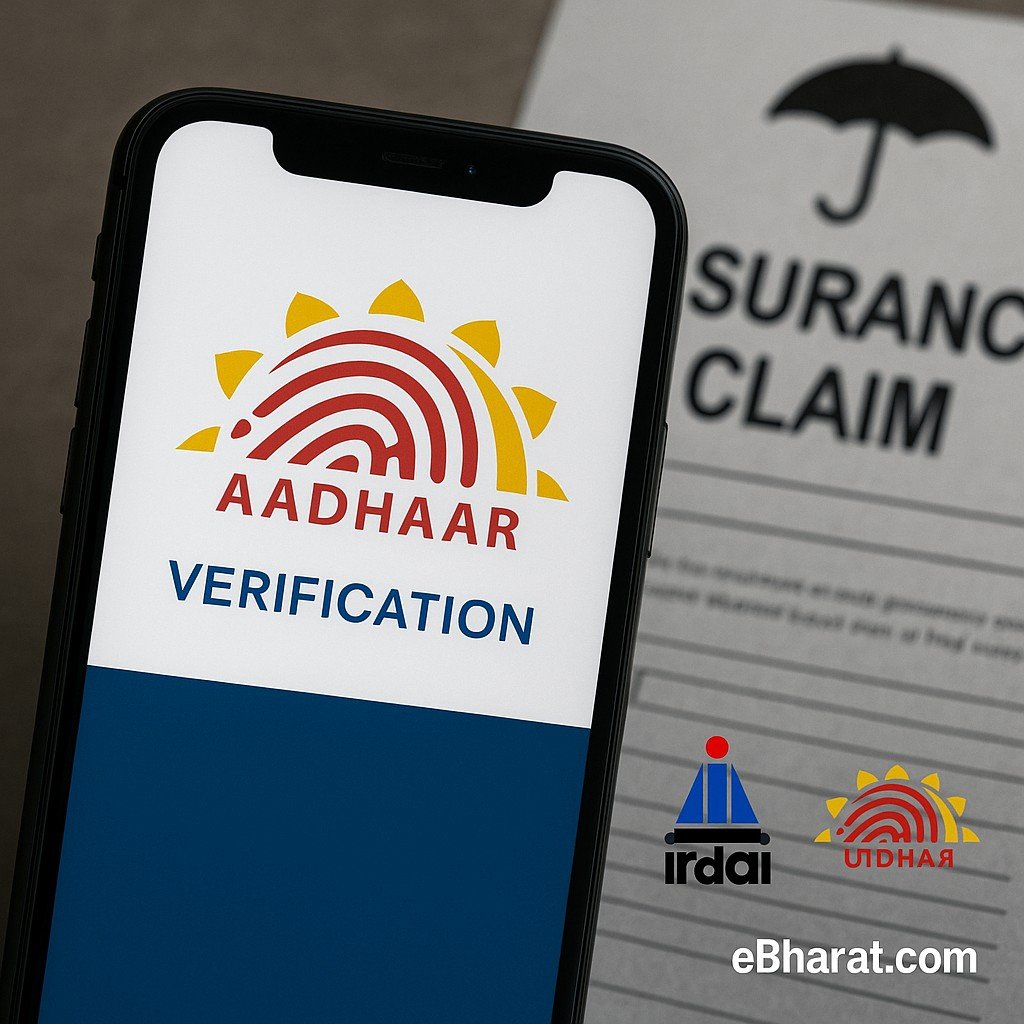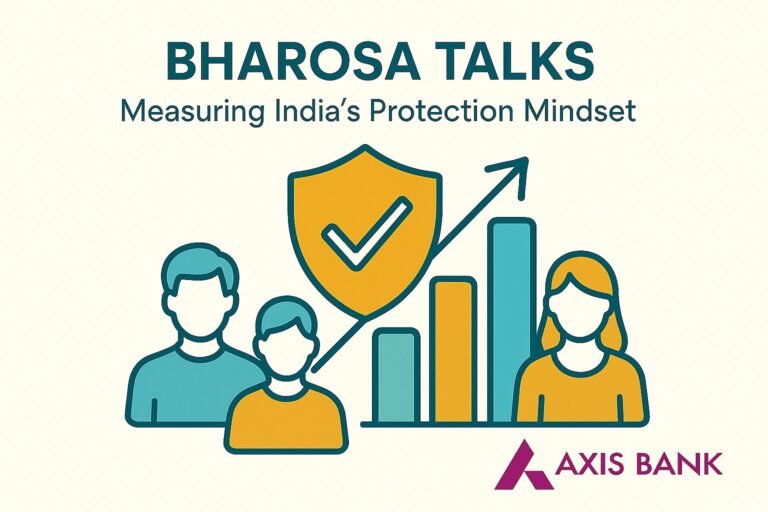
In 2025, more and more fake insurance claims in India are being linked to misuse of Aadhaar. A recent report by Economic Times says that some people are using fake Aadhaar details to make false claims for motor, health, and life insurance. This rising fraud is a warning sign for anyone using Aadhaar to buy or claim insurance — here’s how you can stay safe and make sure your claims are real and secure.
What Is Happening?
Fraudsters are exploiting Aadhaar authentication loopholes to generate fake identities or modify existing Aadhaar data for creating bogus insurance claims. The Economic Times warns this method is becoming a new weak link in the insurance sector, affecting motor and health insurers in particular.
Insurers report that fraudulent claims now account for an estimated 10–15% of total claims, prompting stronger fraud detection systems like sharing red-flag data through the Insurance Information Bureau.
Fraud Patterns
• Forged Aadhaar credentials
Fraud rings are forging Aadhaar documents including fake biometrics and manipulated demographic data to open new policies or file false claims.
• Nexus with telecom & banks
In some cases, criminals have colluded with intermediaries in banks or telemarketing units to use Aadhaar-linked KYC or claims submission pathways.
• Delayed detection
Insurers often detect these claims only after disbursement, complicating post-incident redressal efforts.
Benefits vs. Risks of Aadhaar Use in Insurance
Benefits
- Enables convenient e-KYC
- Speeds up claim settlement
- Widely accepted identity proof
Risks
- Can be forged if documentation isn’t verified thoroughly
- Misuse leads to paid-out fraudulent claims
- Difficult to trace and revert fake identity misuse
How It Affects
If you use Aadhaar for KYC or claims, your identity could be vulnerable if insurers don’t verify documents through biometric matching. Fraud could lead to wrongful policy issuance or wrongful denial of valid claims.
Expert Tips to Protect Yourself
- Lock your Aadhaar biometrics online when not needed for instant verification.
- Validate claim receipts and policy confirmation from the insurer directly.
- Report suspicious calls or policy links—especially if Aadhaar data is requested again.
These tips are backed by UIDAI’s move to implement tighter controls and fraud detection systems.
Case Example
In one recent scam, a fraudster impersonated a small grocer using a forged Aadhaar and PAN to receive ₹22.6 lakh through a bogus insurance refund claim. The case was only cracked after cyber police investigation, underscoring the dangers of identity manipulation.
Related Tools
- Aadhaar Safety Guide for locking biometrics
- Claim Verification Checklist for spotting red flags
- Directory to escalate suspected fraud via IRDAI and UIDAI resources
As Aadhaar fraud in insurance claims surges, Indian policyholders must stay vigilant. Verify every policy confirmation, lock your biometric access, and report anomalies immediately. When it comes to insurance—your identity is your asset. Ensure you protect it with care.
Also Read: Policybazaar Fined ₹5 Crore by IRDAI for Misleading Promotions and Remittance Delays — a related crackdown on aggregator compliance and transparency.
For unbiased insurance plan comparisons, try Insurance+ on eBharat.com












